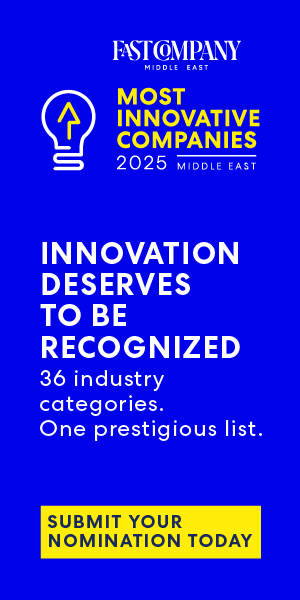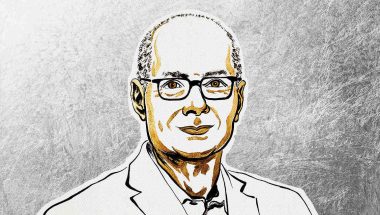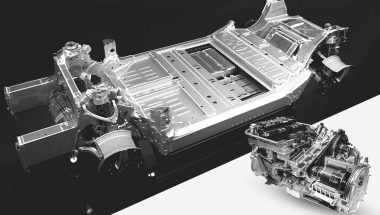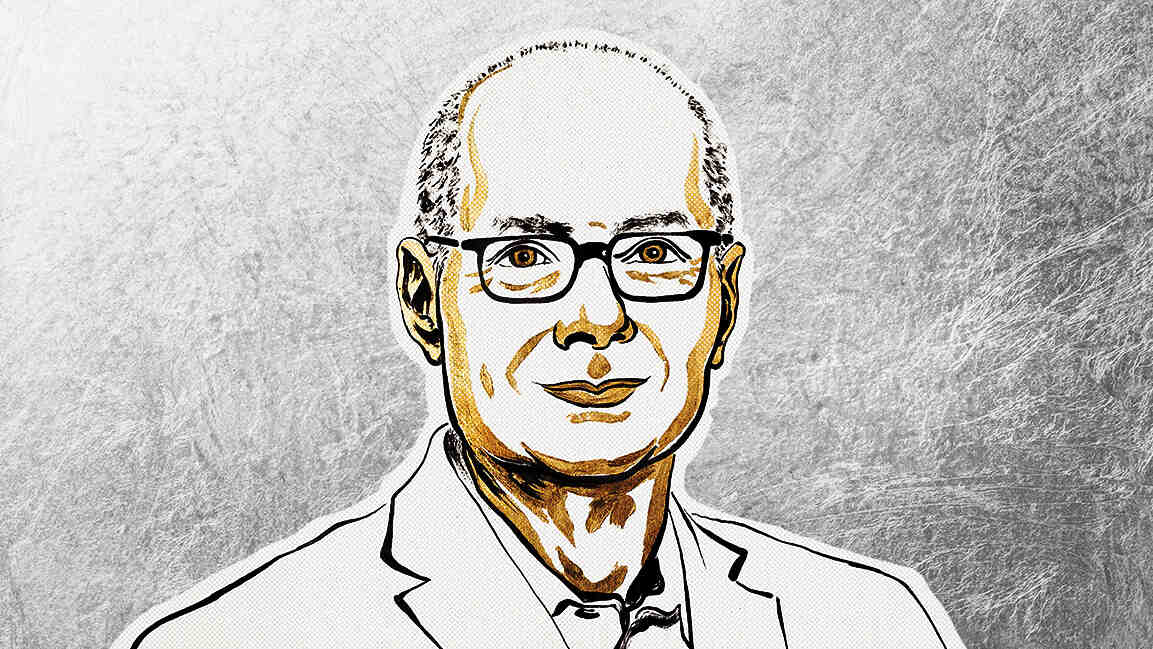- | 9:00 am
Gen Z is ready to work. But is the Gulf’s job market ready for them?
It's graduate hiring season across the Gulf, and a critical question emerges: Why do so many young professionals feel stuck before they start?

Despite GCC governments investing billions in education, digital literacy, and AI-skilling, many Gen Z employees hit a wall the moment they enter the workforce. Their first jobs are too often reduced to administrative, low-value “filler” work — leaving them disengaged, underdeveloped, and quick to quit.
This disconnect isn’t about a lack of talent — it’s about how first jobs are designed.
“The Gulf has invested heavily in preparing young people with advanced skills, but the design of entry-level roles has not evolved at the same pace. Companies often treat juniors as additional capacity rather than future contributors,” says Dmitry Zaytsev, founder of Dubai-based HR tech startup Dandelion Civilization.
As a result, graduates enter the workforce expecting to apply creativity and critical thinking, only to find themselves doing routine work that could have been automated years ago.
“This is not a problem of education, but of imagination in how jobs are structured. We’ve modernized the classroom but not the first job,” says Zaytsev.
A LEGACY OF LABOR MODELS
Mahesh Shahdadpuri, founder and CEO of TASC Outsourcing, which supports more than 500 clients across the GCC and India, explains that the issue has deep roots.
“Historic labor models in the region were designed to scale operational functions quickly,” he says. “This led organisations to allocate repetitive administrative tasks to junior hires while higher-value, strategic work stayed with experienced staff. This legacy design persists even as economies diversify.”
The outcome is a widening gap between education and employment.
“Education investments have grown, yet curricula and industry linkages sometimes lag the speed of technological and business model change. The result is graduates with strong theoretical knowledge but limited exposure to hands-on, cross-functional work,” Shahdadpuri adds.
Technology adoption also varies widely. “Firms with automated routine processes are already moving juniors into more analytical and customer-facing tasks, while others continue to assign manual admin work,” he notes.
START AT THE BOTTOM — OR WASTE POTENTIAL?
Many companies still believe that young professionals must “start at the bottom” to gain experience, says Jacob Jacob, group chief human resources officer at Aster DM Healthcare, whose workforce spans the GCC and India.
But that traditional approach risks underutilizing a more educated, tech-savvy generation ready to contribute strategically from day one.
“Each year, we bring in over 4,000 entry-level employees across our hospitals, clinics, and pharmacies, with around 45% belonging to Gen Z,” says Jacob. “Our collaboration with universities and learning partners ensures the next wave of talent enters the organization fully equipped for the evolving realities of healthcare, technology, and patient engagement.”
WHEN “FILLER WORK” DRAINS PURPOSE
The early years of a career shape identity more than any training program, says Zaytsev. “When young professionals begin their working lives with repetitive filler work, they receive a message that their potential is not seen.”
“For Gen Z, who grew up believing they can create and contribute, this gap between expectation and reality is especially damaging. The consequences show up quickly in high turnover, but the deeper impact is more dangerous. Motivation fades, trust in employers erodes, and that early disappointment can shape even long-term career choices.”
Shahdadpuri agrees: “Gen Z employees value autonomy, career pathways, and meaningful work. When these expectations are unmet, attrition rises, and organizations lose the investment made in hiring and onboarding.”
Jacob says the pattern is clear at Aster, where Gen Z represents 22% of its 15,000-strong workforce.
“When their roles are dominated by repetitive or low-value tasks, their engagement and retention decline sharply,” he notes.
“Our internal engagement data shows that young employees in roles involving patient experience, analytics, or innovation score significantly higher on motivation and satisfaction. The message is clear: purpose drives loyalty. That’s why we encourage experimentation, calculated risk-taking, and agility, especially within our support functions.”
TASC Outsourcing’s 2025 survey findings back this up: 72% of Emirati professionals said they were seeking roles that align with their sense of purpose — underscoring how meaning, not money, increasingly drives retention.
REIMAGINING THE FIRST JOB
To break the cycle, entry-level jobs need a fundamental redesign.
Instead of years of passive observation and repetitive work, Gen Z needs rotational projects, peer-led learning, continuous feedback, and early responsibility. Without these shifts, employers will continue to face high turnover — and governments risk wasting their investment in youth readiness.
Shahdadpuri suggests that companies start by automating repetitive tasks. “Freeing staff from administrative work enables them to focus on analysis, client engagement, and project support,” he says.
He also advocates accelerated responsibility pathways: “Design six- to twelve-month role ladders with clear milestones to increase scope and autonomy, supported by measurable outputs.”
Exposure is key too. “Encouraging entry-level hires to work alongside mid-level staff on real business challenges provides exposure to multiple functions within the first year,” Shahdadpuri adds. “Sharing dashboards of KPIs, client outcomes, and business results can also help young employees connect their work to organizational success.”
FROM TASKS TO CONTRIBUTION
Jacob believes the answer lies in shifting from task-based to contribution-based design. “Entry-level work should build capability, not test endurance,” he says.
“At Aster, we’ve taken deliberate steps to do this. We’ve automated 90% of repetitive HR and operations tasks, freeing young employees to focus on higher-value work. We’ve also established career pathways: more than 1,200 Gen Z employees are now enrolled in structured learning and progression tracks across clinical, digital, and corporate functions.”
Additionally, Aster’s Next-Gen HR Council, representing 28% of its workforce, gives junior employees a seat at the table, co-creating initiatives on flexibility, wellbeing, and innovation with senior leadership.
“When young professionals are trusted with meaningful challenges early, they don’t just evolve faster — they help organizations evolve too,” Jacob says.
MENTORSHIP AND FEEDBACK: THE TRUST EQUATION
Mentorship, Zaytsev notes, is just as important as responsibility. “Pairing new hires with mentors signals that they’re not there to fill space, but to grow.”
While feedback has always mattered, for Gen Z, it’s non-negotiable.
“If companies want to retain this generation, they must understand that dialogue, not silence, is what builds trust,” says Zaytsev.
“Entry-level jobs should not be seen as filler, but as the first step in a growth map. When companies design roles with ownership, visibility, and mentorship, they turn jobs into journeys.”







































